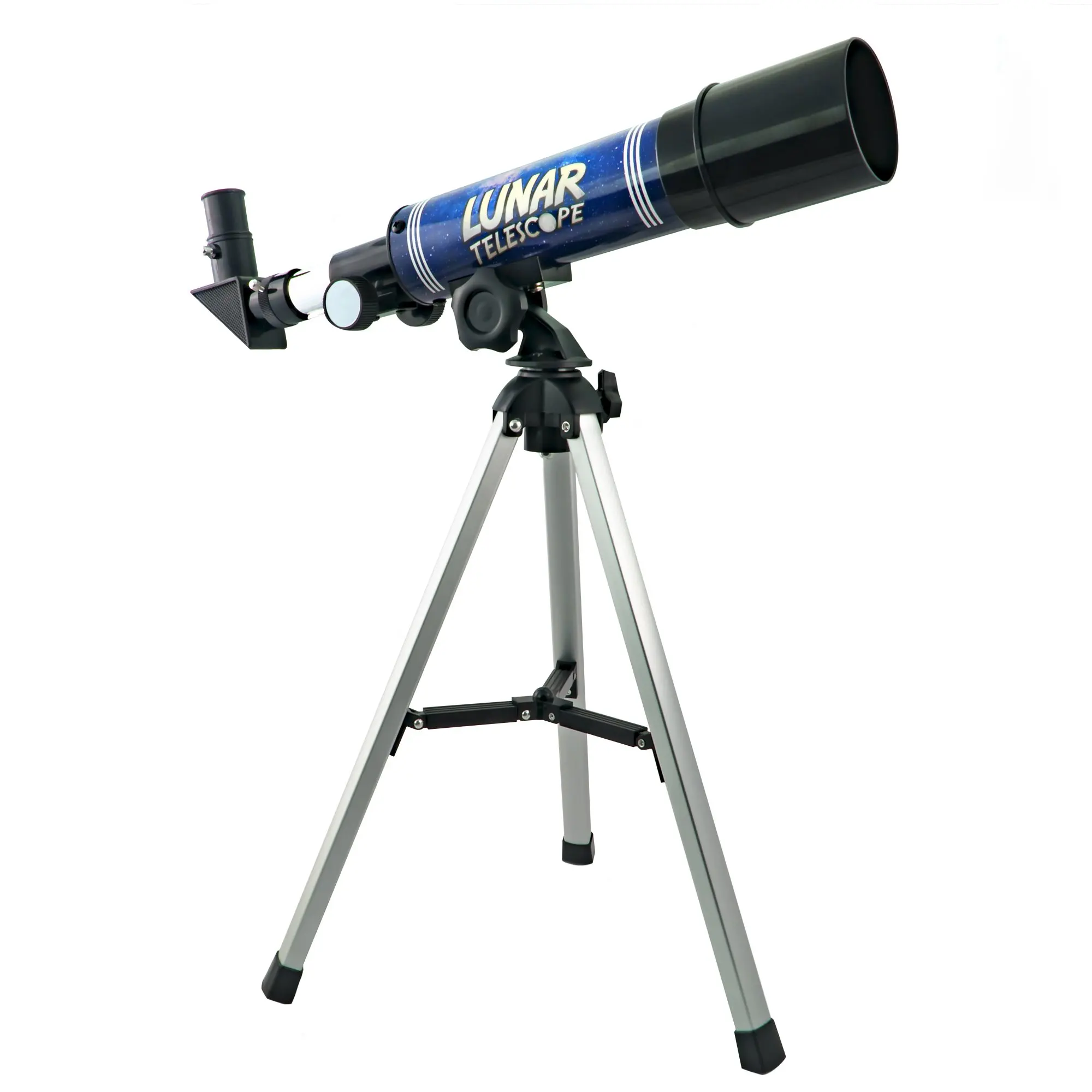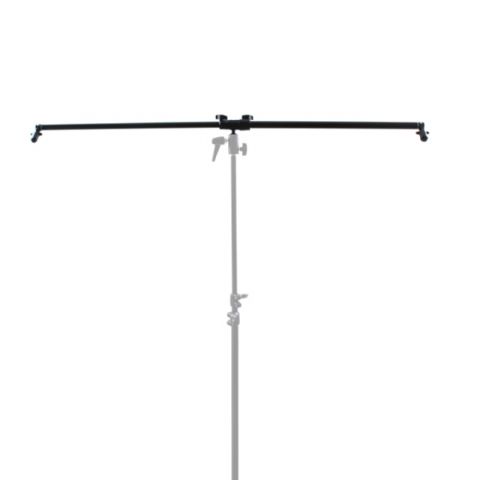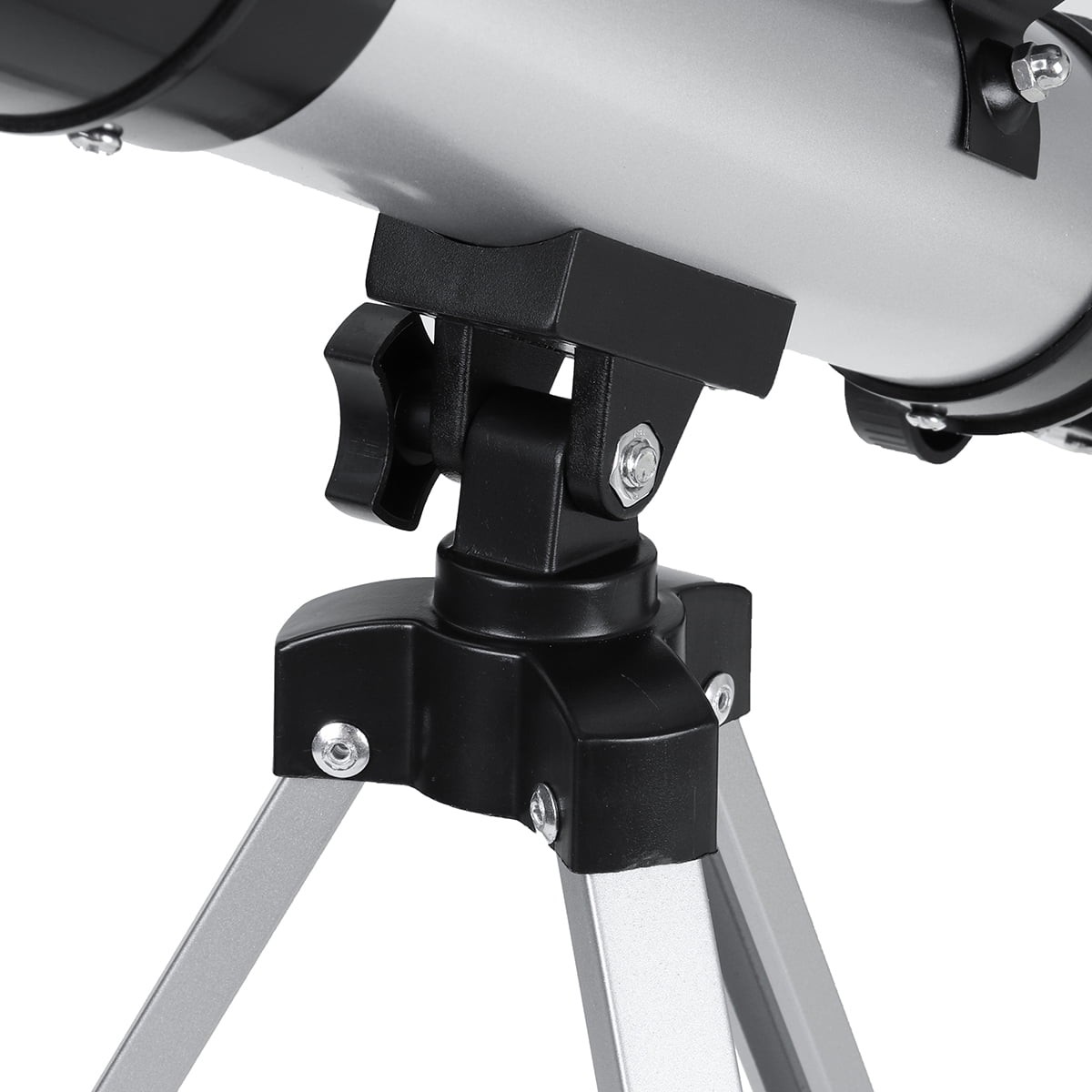

Peach's work has also been used by NASA and ESA to illustrate what ground-based telescopes can achieve in photographing the planets, and the support they can provide to professional space probe missions.You'd need a collapsible reflector holder like one of these. His work has also appeared at the Edinburgh Science Festival, and The Royal Greenwich Observatory. He was one of only a few amateur astronomers to have work featured as part of the national Explorers of the Universe exhibition at the Royal Albert Hall in 2007. Peach has also been a co-author on several professional scientific papers on planetary astronomy, especially regarding work on Mars and Jupiter. He has also authored articles on astrophotography for these magazines. His images have been featured in Astronomy Magazine, Sky & Telescope, Astronomy Now & The Sky at Night. Peach has provided astronomical images for magazines and books throughout his career. The same year he was also awarded the Association of Lunar and Planetary Observers (ALPO) Walter H. He was awarded the organization's prestigious Merlin Medal in 2006. Later he joined the British Astronomical Association (BAA) in 1996 and since then has contributed large amounts of observations to the various observing sections and also written and co-authored many papers in the organization's journal. Peach's passion for Astronomy first began in 1988 inspired by books in his school library. His career in the field spans over thirty years. Best known for his photographs of a wide variety of astronomical objects. Peach FRAS is a British amateur astronomer, astrophotographer, lecturer and author. Investing a little money in the mount itself can give you a stable and reliable stargazing experience you want, regardless of the money you've spent on the telescope.ĭamian A. Since a good mount that matches the size and weight of your telescope is vital, it's also important you don't blow your budget on the telescope and leave just pennies left over. You also shouldn't go for anything that's considerably above your knowledge and experience level as, again, you could be left frustrated.
Photo reflector mounting on tripod manual#
These are available in simple manual push-pull design or fully computerized with object tracking and go-to.Īs mentioned above the type of mount you require will depend upon exactly what you want to do, but there are a few rules that apply regardless of the mount you choose.įirstly, you need to make sure your telescope mount isn't massively under-sized as unstable mounts can be criminally frustrating. This type of mounting is a variation on the alt-azimuth design specially for Newtonian reflecting telescopes. The fork-mounted equatorial is often found these days as an option for computerized Schmidt Cassegrain whereby the fork-mounted telescope will sit on a wedge allowing it to be aligned to the celestial pole. This allows the telescope to keep track of any celestial target for long periods allowing astrophotography to be attempted. The equatorial mount compensates for Earth's rotation by having one axis aligned to the celestial pole allowing a motor drive to move the telescope in sync with the apparent motion of the night sky. The German equatorial mount is probably the most popular telescope mount design for amateur size telescopes. Typically most Dobsonian's are manual alt-azimuth mounts with fork-mounted Schmidt Cassegrains being computerized alt-azimuth. These mounts can come in either manual or computerized formats.

Alt-azimuth mounts are the most basic, offering a design whereby the telescope is moved in a horizontal or vertical motion to locate objects. There are different mounts to account for different types of skywatching and stargazing techniques, each with their own unique uses. Overall, a superb choice for the more serious or experienced observer.

You can also order the mount with a high-quality polar alignment scope which allows fast and very accurate alignment for those who do not have a permanent observing site. Having been a long-time owner and user of the G-11 mount its flexibility, performance and build quality put it among the best serious mounts available. It can also carry larger telescopes and is an ideal platform for serious astrophotographers. The latest version offers dual-axis go-to slewing via the Gemini 2 system. Its superb build quality and great performance has garnered a loyal following over the years. The Losmandy G-11 mount is one of the most popular serious telescope mounts of the past few decades.


 0 kommentar(er)
0 kommentar(er)
